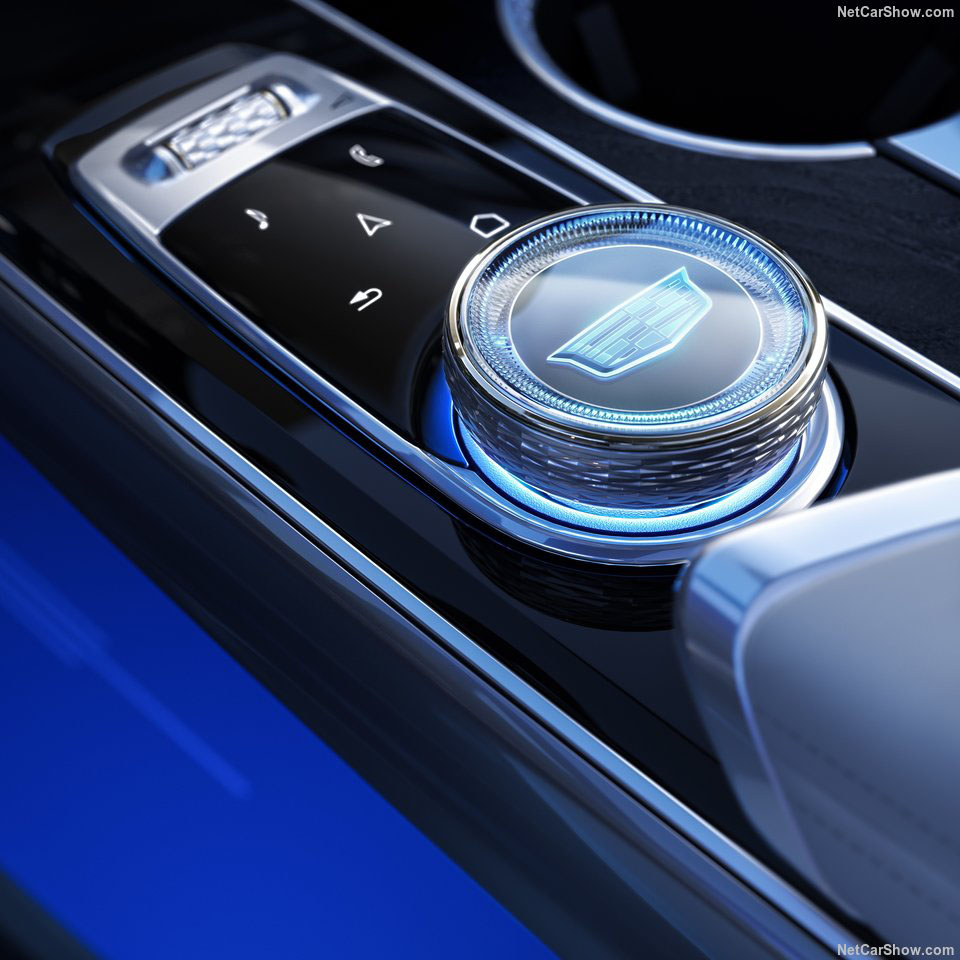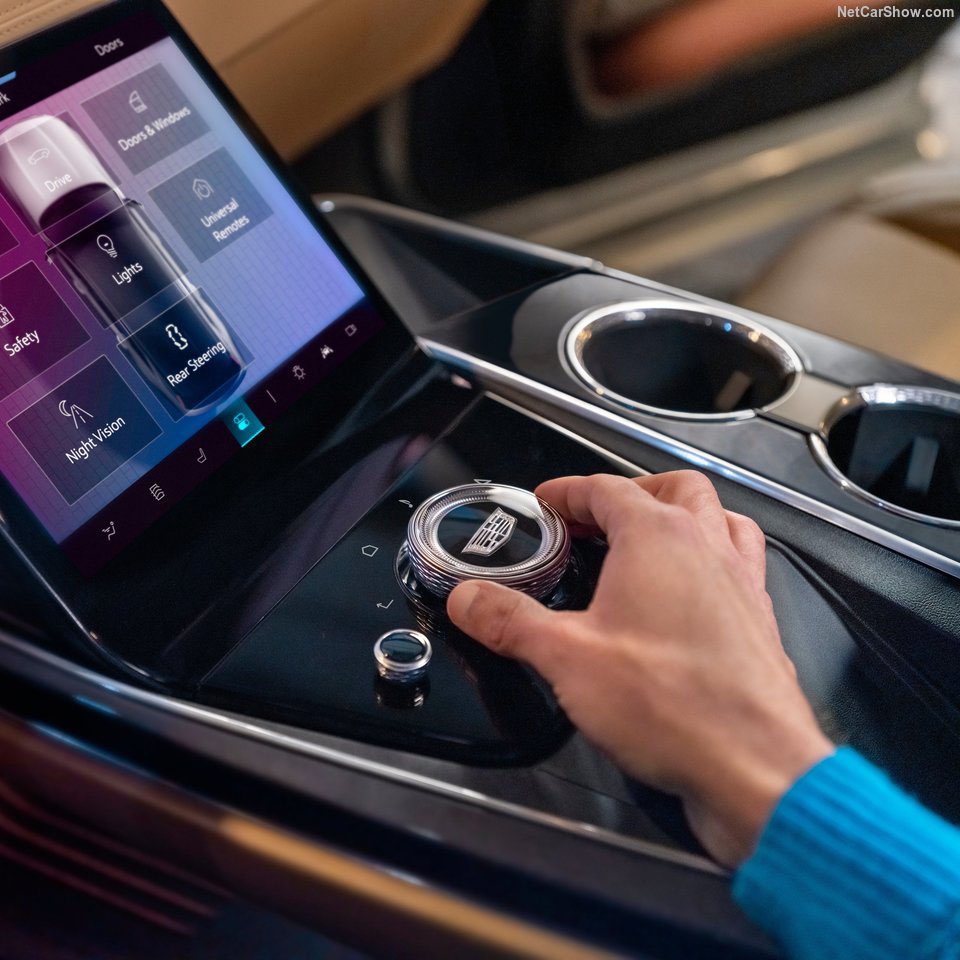Multi-Function Controller
What is the Multi-Function Controller (MFC)?
In most Cadillac vehicles, alongside the expansive interactive display, you'll find a Multi-Function Controller (MFC)—a sophisticated rotary knob designed for seamless navigation. Positioned within easy reach on the center console, the MFC offers an intuitive alternative to touch interactions, allowing drivers to control key vehicle functions with precision and ease. Whether scrolling through infotainment options or adjusting settings, the MFC enhances accessibility, ensuring a smooth and distraction-free user experience.
Team
- Me - Lead Product Designer
- 1 - Technical Lead
- 4 - Developers
- 1 - Stakeholder
- Google Automotive Services Team
My Objectives
- Maintain and uphold documentation standards to ensure consistency
- Define specifications for the next-generation operating system
- Provide guidance to developers on proper implementation practices
- Conduct in-vehicle testing to validate system functionality and performance
Images from NetCarShow
The MFC was a unique element in the vehicle, and understanding its potential—as well as its limitations—was a crucial part of the discovery phase. This helped define how far we could push the MFC’s capabilities while maintaining usability and alignment with Cadillac’s design philosophy.
I began by researching similar implementations on NetCarShow, analyzing how other automakers approached rotary-based controls. High-end luxury brands like BMW, Lexus, Audi, and Mercedes had their own variations of a rotary knob, while Mazda, Ford, and Genesis also implemented similar systems in a more streamlined manner.
When comparing their features to Cadillac’s MFC, key differences emerged:
Compared to these, Cadillac’s MFC aimed to balance precision and accessibility, complementing the touchscreen rather than replacing it. The challenge was ensuring its functionality enhanced, rather than complicated, the user experience, making interactions seamless while leveraging the unique strengths of a rotary-based control system.
After completing the exploration phase and gaining a deep understanding of our system architecture, I moved into real-world testing on our vehicles. Across the Cadillac lineup, there were three distinct versions of the Multi-Function Controller (MFC)—each evolving to enhance user interaction. The XT4 and XT5 featured the earliest iteration, the Escalade housed a refined second version, and the Lyriq introduced the most advanced model to date. As we ramped up development for MY25 Lyriqs and Escalade IQs, we simultaneously finalized the guidelines and specifications for our latest and most refined MFC.
To ensure a seamless transition between iterations, I conducted a comprehensive audit, comparing our official documentation against real-world implementation for versions 1 through 3. Any discrepancies were documented and addressed through tickets, and I worked closely with developers to review and refine our integration strategies for version 4.
A key player in this process was the Google Automotive Services (GAS) Team, which played a crucial role in aligning our design philosophy with industry best practices. Together, we defined a set of "Golden Rules" for rotary-based interaction, ensuring an intuitive and standardized navigation experience. These principles became so effective that Google integrated them into its own Rotary Controller Documentation, setting a new benchmark for the industry.
Our focus was on creating clear and predictable interactions that minimized user confusion while maximizing efficiency. The two core navigation methods—Rotate and "Nudge"—served as the foundation, complemented by additional inputs like Select, Long Press, and physical button interactions. These enhancements provided a more dynamic and responsive user experience, making the MFC an indispensable tool for vehicle interaction.
We also expanded the MFC’s accessibility beyond just controlling the AppTray, allowing users to navigate the Status Bar and enabling third-party applications to leverage the MFC—a significant improvement over previous versions. This expansion unlocked greater versatility and usability across the system.
By refining both the design and functionality of the MFC, we introduced new interactions that paved the way for future vehicles, such as the 2025 Escalade and Escalade IQ. With their larger displays, the enhanced MFC offered full control of the 35-inch touchscreen, reducing the physical strain of reaching across the expansive interface. This innovation not only increased accessibility but also provided a seamless, user-centric experience, setting a new benchmark for interaction in Cadillac vehicles.







